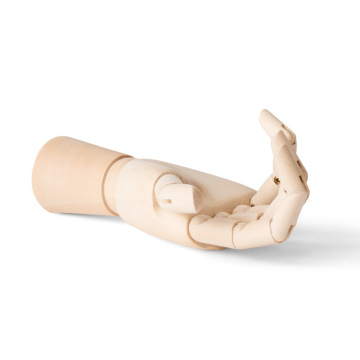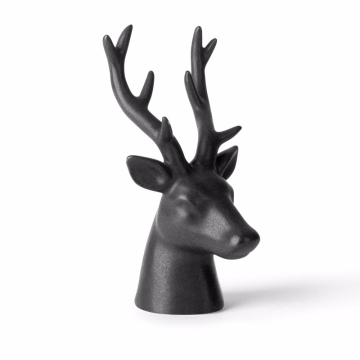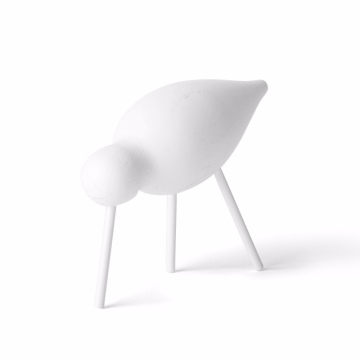Exploring the Flavors of Kari Korokke: A Perfect Blend of Curry and Crispy Coating
Kari Korokke (カリーコロッケ), or curry croquettes, is a beloved Japanese dish that combines the rich flavors of curry with a crispy, golden-brown coating, creating a deliciously crunchy exterior and a savory, spiced filling. Kari Korokke is a fusion of two iconic elements in Japanese cuisine: the deep-fried croquette and the spiced curry, offering an irresistible combination of textures and flavors that has become a staple in Japanese comfort food.
The Origins of Korokke and the Influence of Western Cuisine
Korokke, the Japanese version of the croquette, was introduced to Japan during the Meiji period (1868–1912), when Western culinary influences began to infiltrate Japanese kitchens. The word "korokke" is derived from the French word croquette, which refers to a small, breaded, and fried food item. These early Japanese korokke were typically made with ground meat, mashed potatoes, or seafood encased in breadcrumbs, and were popularized as a quick snack or main dish in the rapidly modernizing nation.
During this time, Japan also began to adopt Western-style curries, influenced by British and Portuguese colonial cuisines. By the early Showa period (1926–1989), Japanese curry rice became a national dish, known for its mild, slightly sweet, and richly spiced flavor. The marriage of Japanese curry and croquettes in the form of Kari Korokke was a natural evolution, combining the popularity of both dishes into one comforting, portable meal.
Culinary Composition: The Perfect Harmony of Flavors and Textures
The Curry Filling
The filling of Kari Korokke typically consists of Japanese curry that has been thickened and cooled to achieve a spoonable consistency. The curry sauce is often made from a base of meat (beef or pork), vegetables such as onions, carrots, and potatoes, and a blend of spices, including turmeric, garam masala, cumin, and coriander.
- Curry Roux – The key element of Japanese curry is the curry roux—a thickened paste made from flour and fat (usually butter), which is added to the curry for a smooth, rich texture. The roux helps give Kari Korokke its dense, hearty filling.
- Mild Spice Profile – Unlike some other curries, Japanese curry is often milder and slightly sweet, appealing to the Japanese preference for a balance of flavors. The umami from the meat and vegetables, combined with the spices, creates a satisfying depth of flavor.
The Croquette Coating
Kari Korokke is encased in a crispy breading that gives it a perfect contrast in texture to the smooth curry filling. This breading is made from panko (Japanese breadcrumbs), which are coarser and fluffier than traditional breadcrumbs, ensuring a light, airy crunch when fried.
- Flour and Egg – The croquettes are first coated in a thin layer of flour, followed by egg wash to help the panko breadcrumbs adhere. The result is a golden-brown, crispy exterior that encases the rich, flavorful curry filling.
- Deep-Frying – The croquettes are deep-fried to crispy perfection, with the panko breadcrumbs absorbing a small amount of oil while maintaining a crunchy, non-greasy texture.
The Evolution of Kari Korokke: A Comfort Food Staple
Kari Korokke, initially a simple combination of curry and croquette, has evolved to reflect the diversity of Japanese culinary preferences. While the classic version with beef or pork curry is the most traditional, modern variations have introduced many new fillings and styles.
- Vegetarian Options – Some Kari Korokke are made with a vegetarian curry filling, featuring ingredients like tofu, mushrooms, or sweet potatoes, catering to dietary preferences.
- Fusion Variations – Contemporary versions of Kari Korokke might include cheese, chicken katsu, or even spicy curry variations, reflecting the ongoing innovation in Japanese comfort foods.
- Regional Differences – In some areas, Kari Korokke may be served with a rich, gravy-like sauce or alongside pickles, adding extra layers of flavor to the dish.
Culinary Experience and Serving
Kari Korokke is often served as part of a bento box, a lunch set, or as a snack in izakayas. It can also be found in cafeterias or convenience stores throughout Japan, making it a quick and satisfying meal for busy individuals. The crispy crust and warm, savory filling make it a perfect bite-sized snack that combines two favorite flavors—comforting curry and satisfying crunch.
When served, Kari Korokke is often accompanied by tonkatsu sauce (a tangy, sweet sauce) or a drizzle of ketchup, complementing its rich, savory profile with a touch of sweetness. Some variations even come with a side of rice, similar to curry rice, making it a complete meal in itself.
Conclusion: A Delicious Fusion of Flavors
Kari Korokke is an example of how Japanese cuisine continuously adapts and innovates, blending elements from Western influence with traditional Japanese cooking techniques. This savory snack is a perfect example of the textural contrast and umami-packed flavors that define so many beloved dishes in Japanese culinary culture.
The crispy exterior, rich curry filling, and balanced spices make Kari Korokke a favorite comfort food, enjoyed by people of all ages. Whether as part of a home-cooked meal, a quick lunch, or a snack at the izakaya, Kari Korokke remains a timeless and satisfying dish that continues to evolve while retaining its place as a quintessential Japanese comfort food.





